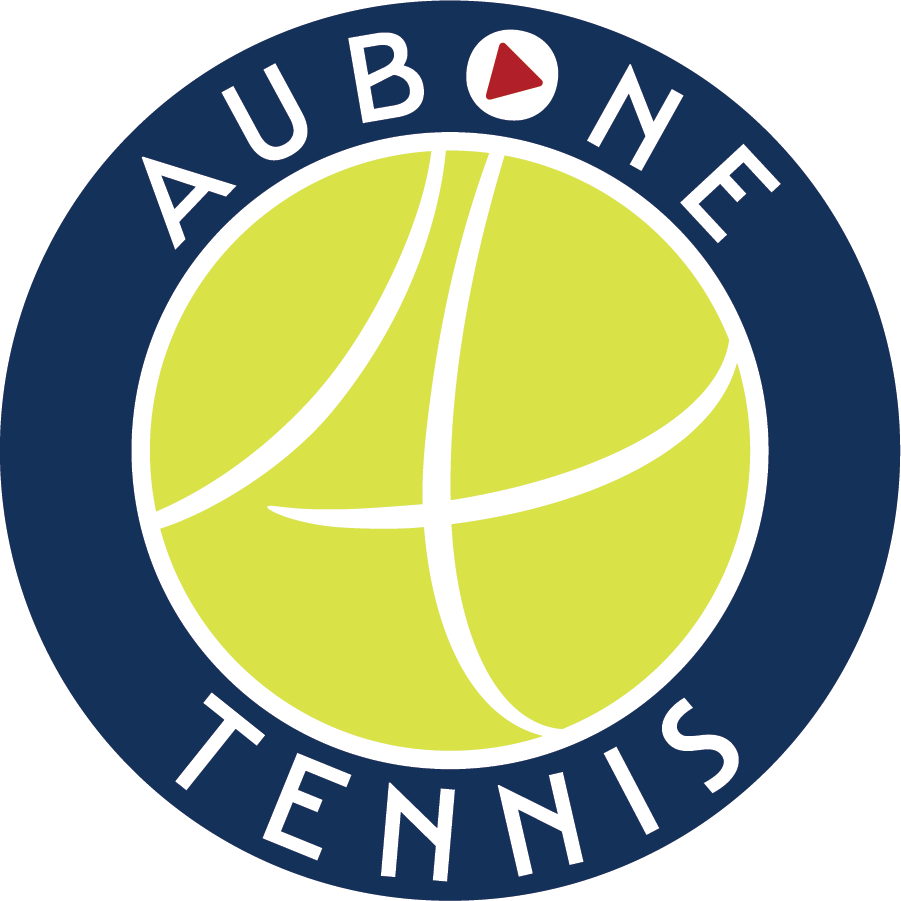7 Things A Junior Tennis Player’s Environment Must Have to Make it to Division 1 Without Homeschooling
“Does my child need to homeschool to make it to division 1 collegiate tennis?” - Junior Tennis Parent
It’s a question parents ask themselves all the time. They hear the stories of players coming out of IMG, Saddlebrook and other academies. They hear the stories of former successful players practicing 4-5 hours of tennis a day, doing fitness, and think that might be the only way.
I’m here to say…….it’s not the only way.
But the things home school programs offer must be done some how and this is where a lot of after school programs fail.
They fail because after school drills occur during the busiest times of play. This limits the types of practices they can offer.
Homeschooling programs occur during the quietist times of the day. They can use as many courts as they want to spread kids out. This allows coaches to run the best practices possible. They can do match play, full court singles drills, proper feeding drills, utilize the gym for fitness, etc.
For after school drills to offer the same quality practices, they’d have to severely limit the number of kids taking part in drills, or limit member or public play so the kids can have more courts to spread out. Both options hurt their revenue, and would leave a lot of people unhappy.
The good news is, if a parent can implement the following 7 things in their child’s development, they’ll have a better chance of making it to division 1 college tennis, without homeschooling:
1. Match play a few times a week - Tournaments are about succeeding in matches, not half court drills or showing off perfect technique. A player has to practice what they’re going to be doing during competition.
2. Full court drilling and games once a week - A lot of after school drills do half court drilling, half court games, and doubles. If they do singles, it’s something like champion of the court where there’s a line of kids waiting to play a point.
Singles matches require a lot of court coverage, change of direction, and different shots. A player can’t show up to play a tournament expecting to do well without having practiced all of this.
3. Have a coach watch your child’s tournament matches - It’s the coach’s job to teach the player how to succeed in tennis matches, and succeeding in matches is more than just having nice technique. But if the coach doesn’t consistently watch the child compete, how do they know what they do well or what needs to be improved during competition? How do they know what breaks down? How do they know if it’s a mental or technical thing? How do they know if they have good or bad strategy?
Don’t spend money on extra lessons to fix the serve or forehand if your child is already doing a lesson a week. Get your child’s coach to watch the match. With technology, you can now record matches and send them to your coach if they can’t physically show up so there’s no excuse.
4. Take 1 private lesson a week - Even if it’s just 30 minutes. It’s hard to fix technique during after school drills. There are too many kids on the court, and the coach can’t slow things so one player has enough time to make a permanent technical change. Private lessons are where the entire time can be spent implementing the new technique, and the player can practice it enough without the pressure of making the shot in front of their peers.
5. Play 20-25 tournaments a year - Players need to get into a “match rhythm”. They need to get comfortable dealing with their nerves, long days at tournaments, rain delays, bad line calls, etc.. Those things cannot be simulated at practice. The more they play, the better they’ll get a dealing with everything.
6. Fitness at least 3 times a week - Fitness doesn’t have to be long. A player can make significant progress with an efficient workout that lasts 20-30 minutes. Most juniors don’t do any fitness so doing anything puts them ahead.
7. Organized clinic drilling once a week - This is more for the social aspect. Most after school drilling consists of what I mentioned in number 2. They’re not the most efficient practices possible, but a player can still develop relevant tennis skills, and make friends.
—————————————————
I know this is a lot to implement but it’s really hard to reach the level of a division 1 collegiate tennis player! And if you need help, please reach out to me. My new company’s focus is to help develop a child’s training environment so they have the best chance of maximizing their potential, no matter where they are in the world.
